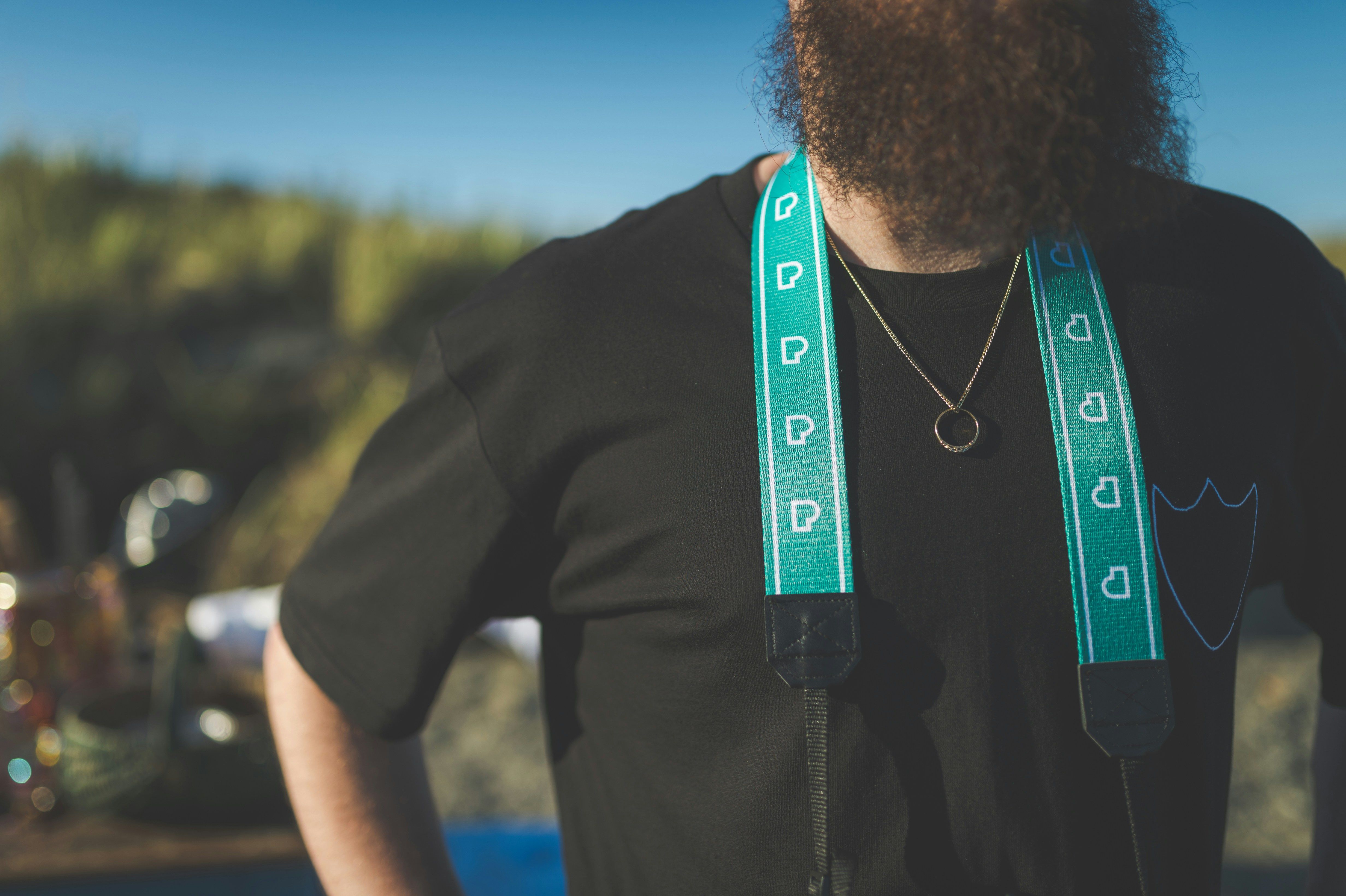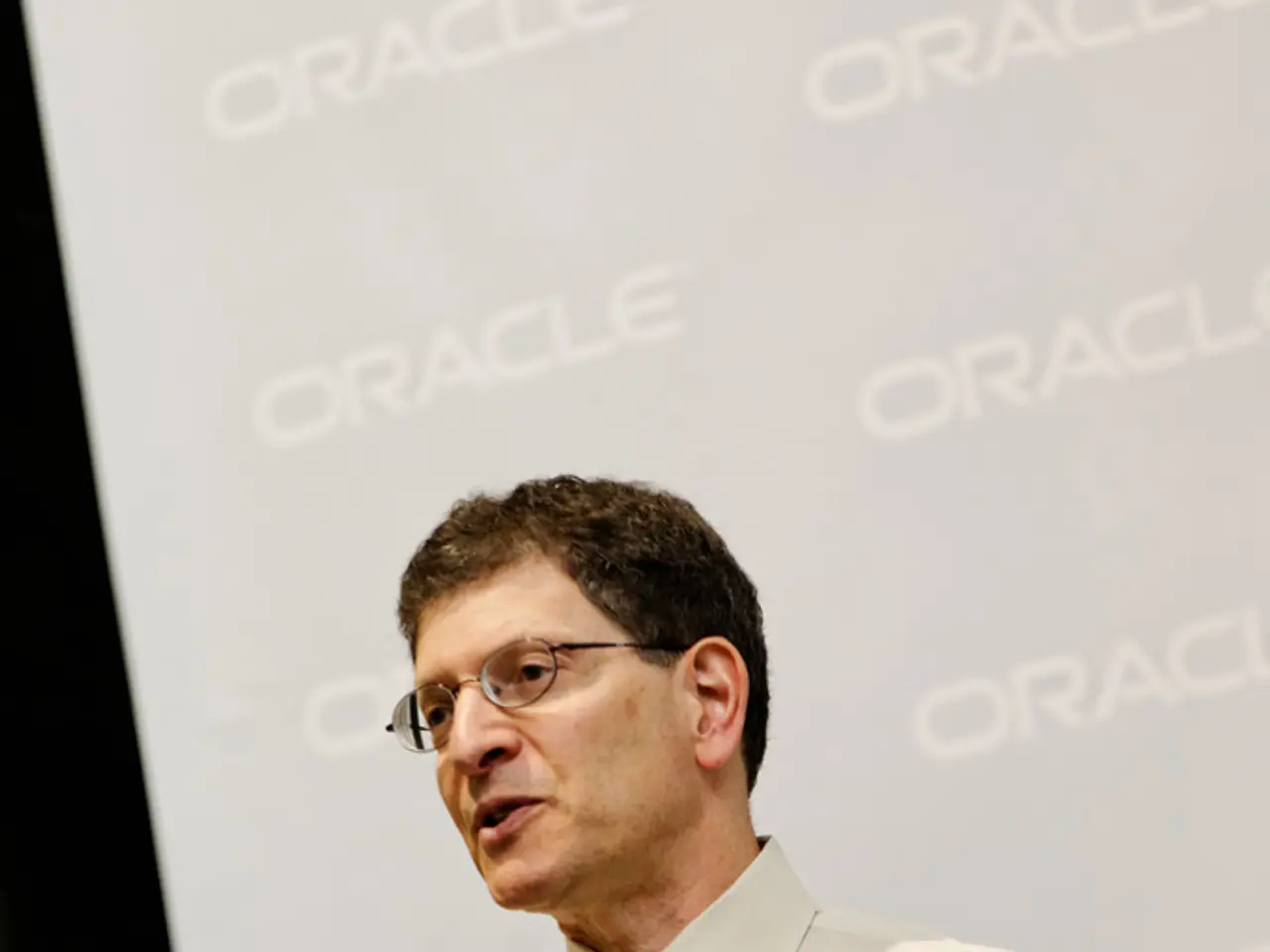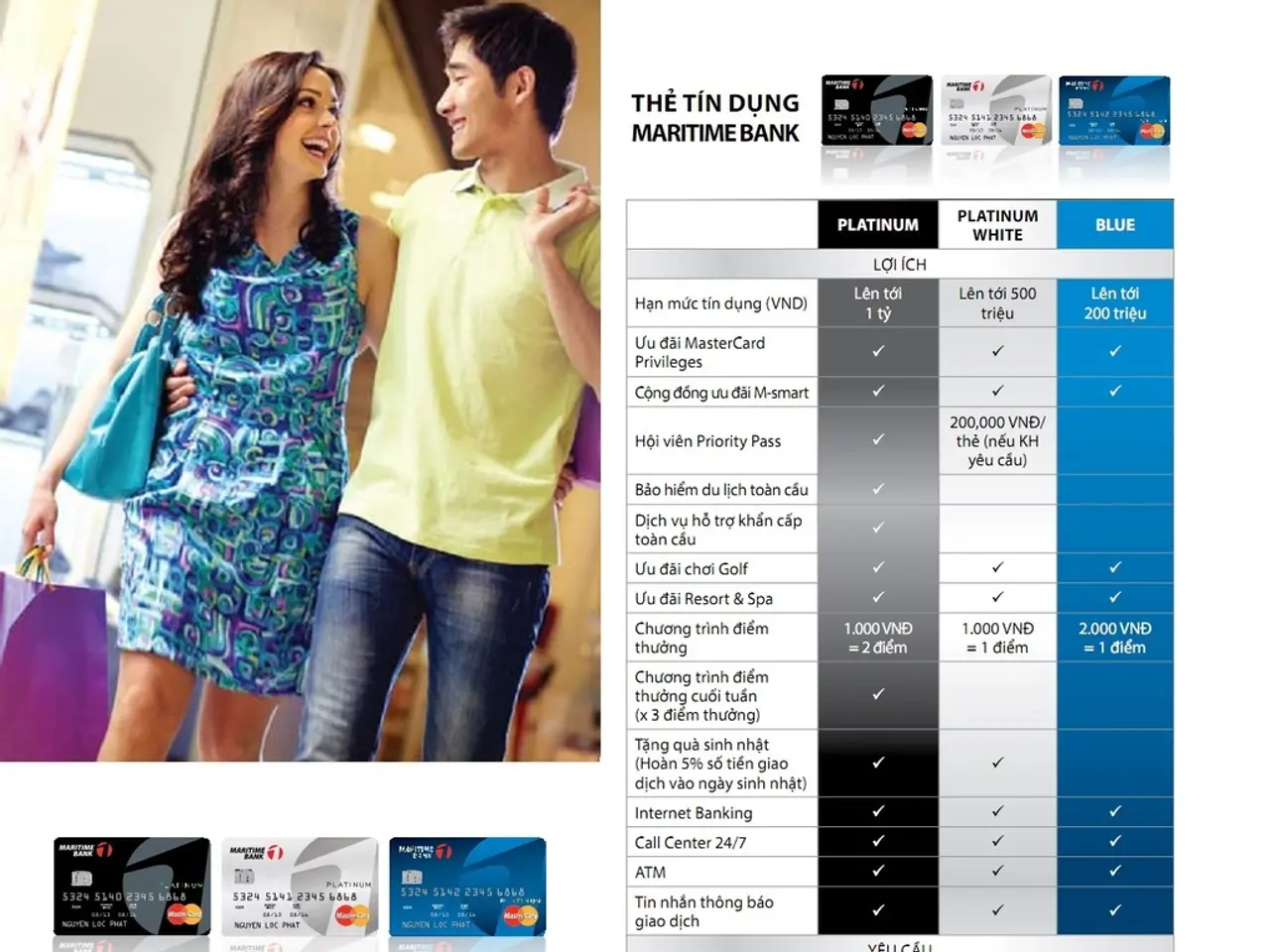Marketing Sector Still Experiences Gender Disparity Three Years After the Pandemic
Let's Dish on the State of DEI in Advertising in 2023
The advertising world took a vow in 2020 to focus on Diversity, Equity, and Inclusion (DEI). Fast forward to 2023, and while we've made strides, it's crystal clear that the industry still has a long way to go, especially in terms of leadership commitments to true equity.
A recent survey by MediaLink reveals that only 18% of respondents ranked DEI and environmental sustainability as top priorities, a staggering drop from what we'd hoped for.
It's not just this study; other research echoes the same disheartening findings. For instance, existing diversity and inclusion initiatives aren't cutting it when it comes to correcting advertising's skewed representation. Take the 4A's 2023 data, which shows a shocking leap in the number of agency CEOs who are white, with the alarming figure rising from 71% in 2021 to an astounding 90% in 2022.
Lynn Branigan, president and CEO of She Runs It, succinctly put it, "The goal is to ensure our workforces reflect the diversity of the population we serve."
The Slippery Slope
The ad industry is facing a daunting challenge as female representation falls below 50% for the first time since 2018[1]. Women now represent only 37% of the industry's workforce, a far cry from the pre-pandemic 50%[1].
Moreover, women in marketing earn 16% less than their male counterparts, double the national gender pay gap average[1]. Additionally, a disheartening 40% of women report experiences of harassment, with 1 in 6 seriously considering quitting due to discrimination[1].
Glimmers of Progress
There's some good news on the horizon. Black-owned agency networks, like Burrell Communications' acquisition of Fitzco to form BCG Worldwide, aim to create the first Black-owned advertising holding company[3]. Furthermore, AAPI representation is improving, albeit slowly, with campaigns like Maybelline's "Face the Difference" and Gold House's A100 List amplifying Asian American voices[3].
Why DEI Matters
Inclusive advertising drives loyalty by 1.7 times and boosts purchase intent by an impressive 62%[1][5]. It's not just about ethical standing; DEI is also a crucial component of long-term profitability in advertising[2][5]. Despite occasional backlash, such as reducing Pride sponsorships (e.g., Mastercard, PepsiCo[3]), DEI continues to be a key focus for the industry.
In essence, it's clear that while progress has been made, the advertising industry still has a long way to go in terms of true equity and meaningful DEI commitments.
- In light of the declining female representation in the advertising industry, Lynn Branigan, president and CEO of She Runs It, emphasized the importance of striving to ensure the workforce reflects the diversity of the population served.
- Amidst the ongoing challenge of representation and discrimination, glimmers of progress can be seen in the creation of Black-owned advertising holding companies, such as BCG Worldwide, and the gradual improvement of AAPI representation in campaigns like Maybelline's "Face the Difference" and Gold House's A100 List.
- The financing sector is taking note of the importance of DEI, with the business world understanding that inclusive advertising drives loyalty by 1.7 times and boosts purchase intent by 62%.
- Despite a recent survey indicating that only 18% of industry respondents ranked DEI and environmental sustainability as top priorities, it is crucial for the advertising industry to commit to true equity and diversity and inclusion initiatives that correct skewed representation.




